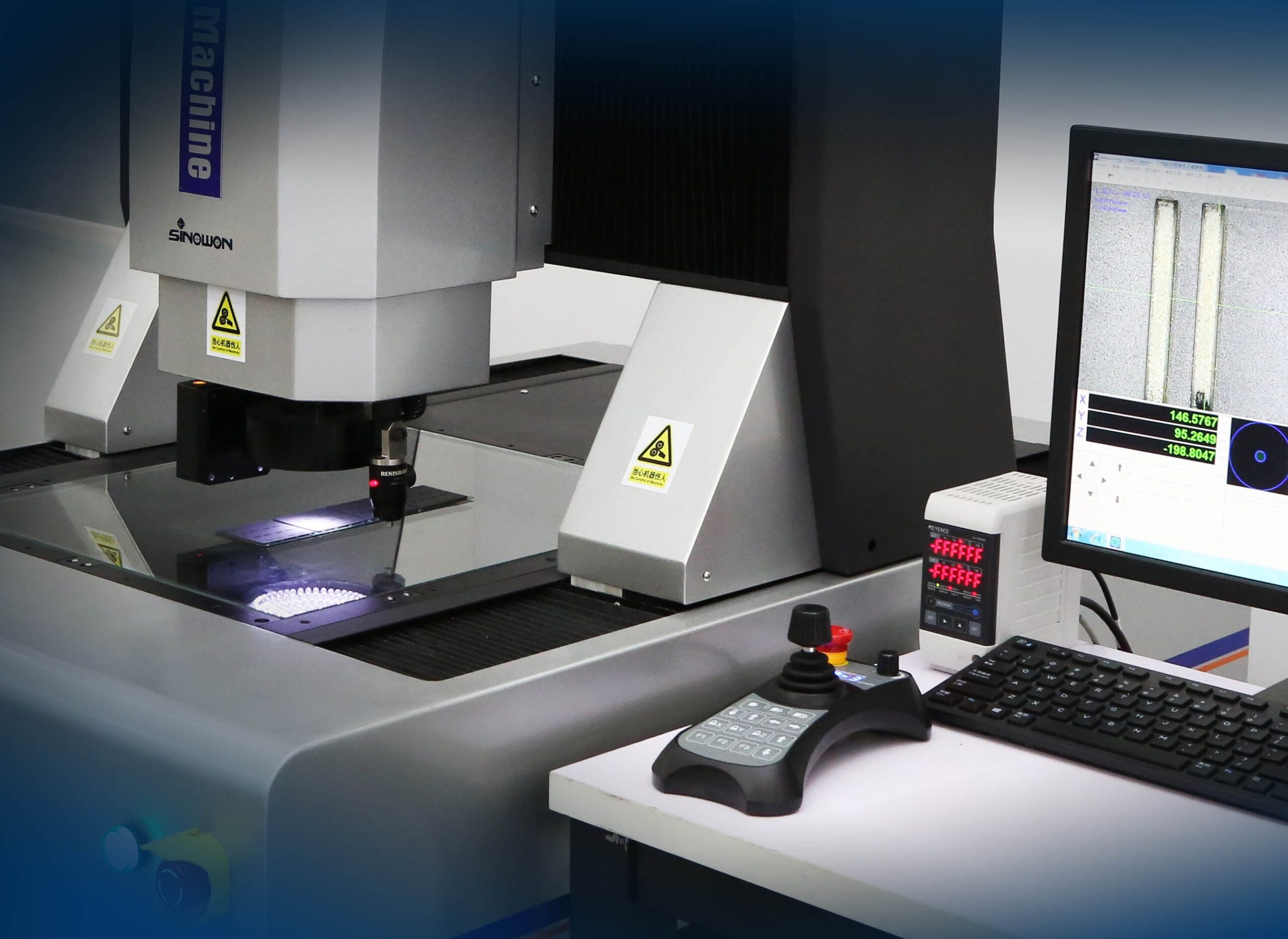In the modern manufacturing industry, precision and accuracy are crucial for maintaining quality and meeting strict production standards. As components and products become increasingly complex, traditional measurement tools often fail to provide the required level of accuracy. This is where a VMM Machine, or Vision Measuring Machine, becomes an essential tool for industries that demand high-precision dimensional measurement. These machines combine optical, mechanical, and software technologies to deliver highly accurate inspection results for components of all shapes and sizes.
What is a Vision Measuring Machine (VMM)?
A Vision Measuring Machine is a non-contact measurement device designed to capture and analyze the dimensions of an object using optical imaging technology. Unlike manual measurement tools or traditional coordinate measuring machines (CMMs), a VMM relies primarily on cameras, sensors, and advanced imaging software to inspect components with high precision.
Industries such as electronics, aerospace, automotive, and medical device manufacturing widely use VMM machines to ensure that every product meets stringent quality standards. They are especially useful for small or delicate parts where contact-based measurement could cause damage or produce inaccurate results.
Working Principle of a Vision Measuring Machine
The working principle of a VMM revolves around non-contact optical measurement, which combines imaging, lighting, and software algorithms to capture and process dimensional data. Here’s how it typically works:
- Object Placement
The part or component to be measured is placed on the machine’s measuring stage. Many VMMs come with a glass stage to allow for both top and bottom lighting. - Optical Imaging
High-resolution cameras and lenses capture images of the component. The machine uses these optical images to detect edges, shapes, and dimensions with extreme accuracy. - Lighting System
Proper illumination is key to accurate measurement. VMMs utilize various lighting techniques—top lighting, bottom lighting, and sometimes side lighting—to highlight edges and contours. - Software Analysis
The captured images are processed by the machine’s software to analyze geometric dimensions such as lengths, angles, radii, and diameters. Advanced systems can also conduct 3D measurements using laser sensors or multi-angle cameras. - Result Output
Finally, the measurement data is displayed and can be exported for reporting, quality assurance, or integration with manufacturing systems.
This non-contact process eliminates errors caused by manual handling, ensures repeatable results, and allows for the inspection of components that are too small or complex for traditional methods.
Technical Composition of a Vision Measuring Machine
A VMM is a combination of sophisticated hardware and software designed to perform accurate and efficient measurements. Here are the core technical components:
1. Optical System
- Includes cameras, lenses, and sometimes laser sensors.
- Determines the resolution and accuracy of the machine.
- High-magnification lenses allow for the detection of even microscopic deviations in the part.
2. Lighting System
- Essential for highlighting the part’s features.
- Common lighting methods include LED ring lights, coaxial lights, and transmitted bottom lighting.
- Proper illumination ensures that the software can accurately detect edges and contours.
3. Measuring Stage and Motion System
- The stage is usually made of high-quality glass or metal to ensure stability.
- Motion is controlled by precision motors and guide rails that allow the stage to move smoothly in X, Y, and sometimes Z axes.
4. Control and Processing Software
- The brain of the machine, capable of capturing images, analyzing data, and providing detailed reports.
- Modern VMM software often includes features for automatic measurement, batch processing, and CAD comparison.
5. Structural Frame
- Provides stability and reduces vibrations that could affect measurement accuracy.
- Typically made of rigid metal or granite for durability.
Advantages of Using Vision Measuring Machines
- Non-Contact Measurement
Eliminates the risk of damaging sensitive components. - High Accuracy and Repeatability
Optical imaging and software analysis ensure consistent and precise measurements. - Time Efficiency
Capable of measuring multiple points or even entire profiles in seconds. - Versatility
Can measure components with complex shapes, fine details, or delicate materials. - Digital Reporting and Integration
Measurement results can be easily integrated into quality control systems for data analysis and traceability.
Industrial Applications of VMM Machines
Vision Measuring Machines are widely used in industries that require extreme precision. A few notable applications include:
- Electronics Industry – Inspection of microchips, PCBs, and connectors.
- Aerospace & Automotive – Measurement of turbine blades, engine parts, and precision gears.
- Medical Devices – Verification of surgical instruments and implants.
- Plastic and Mold Manufacturing – Inspection of molds, prototypes, and intricate plastic parts.
By incorporating VMM technology, manufacturers reduce production errors, increase efficiency, and ensure compliance with international quality standards.
Meaxpert: Your Trusted Partner in Precision Measurement
When investing in a Vision Measuring Machine, choosing a reliable supplier is as important as selecting the right technology. Meaxpert provides high-quality VMM machines tailored for various industrial needs. Their solutions are designed to deliver exceptional accuracy, durability, and ease of use, making them ideal for businesses that prioritize consistent quality control.
With expert technical support, training, and maintenance services, Meaxpert ensures that your investment in precision measurement pays off in the long run.
Final Thoughts:
Vision Measuring Machines have revolutionized the way industries approach dimensional inspection. Their non-contact working principle, combined with advanced imaging and software capabilities, ensures precision that manual tools cannot match. Understanding the technical composition of a VMM—optical systems, lighting, stages, software, and structure—helps businesses make informed decisions and optimize their quality control processes.
By partnering with trusted suppliers like Meaxpert and leveraging the capabilities of modern VMM machines, manufacturers can achieve superior accuracy, reduce inspection time, and maintain a competitive edge in 2025 and beyond.
